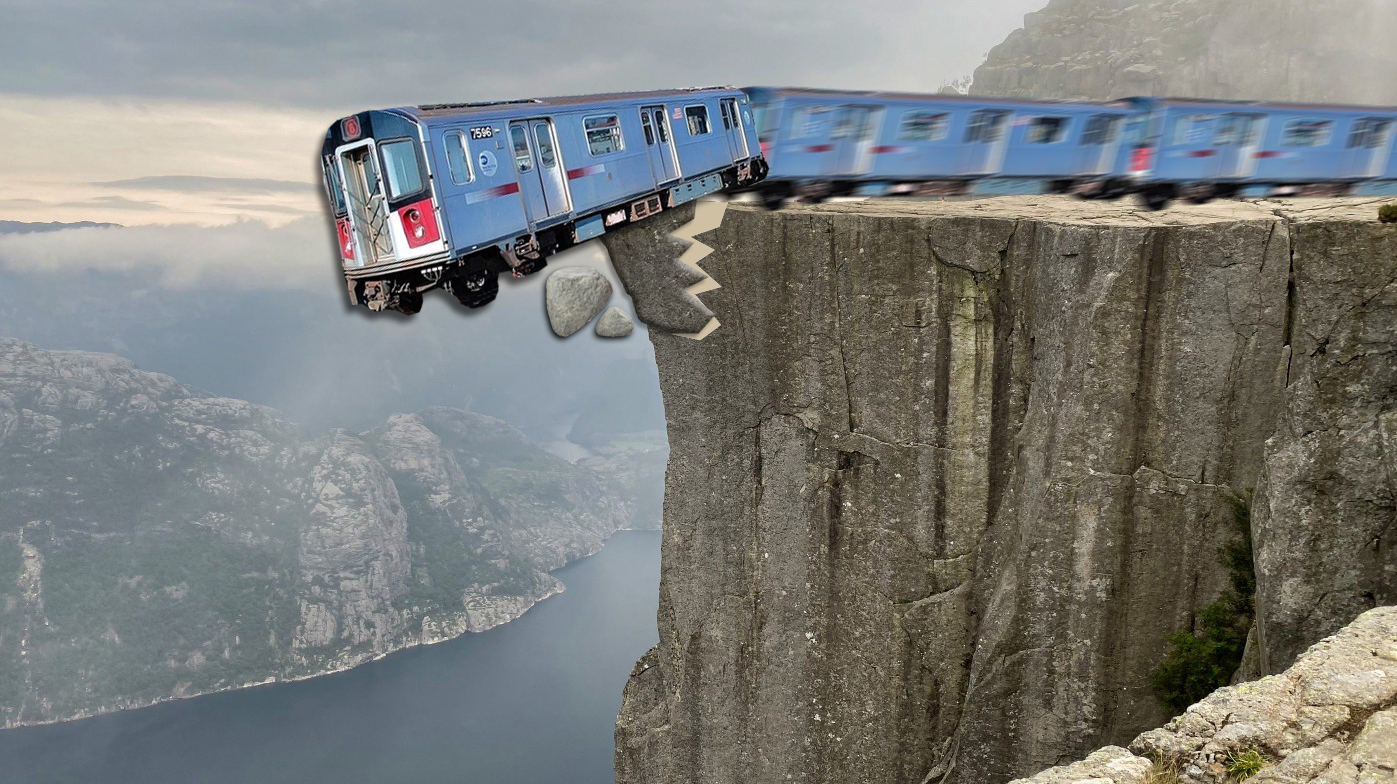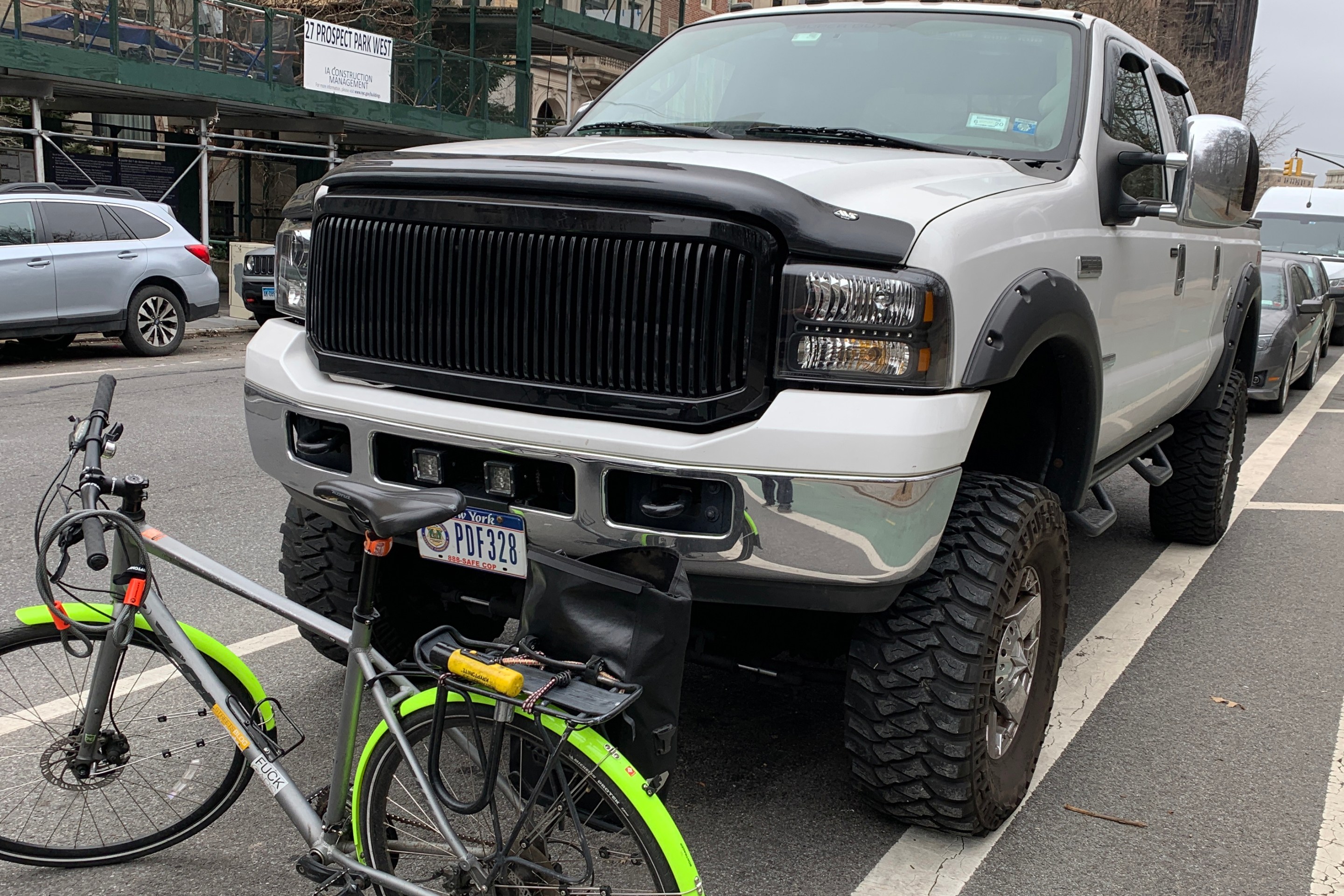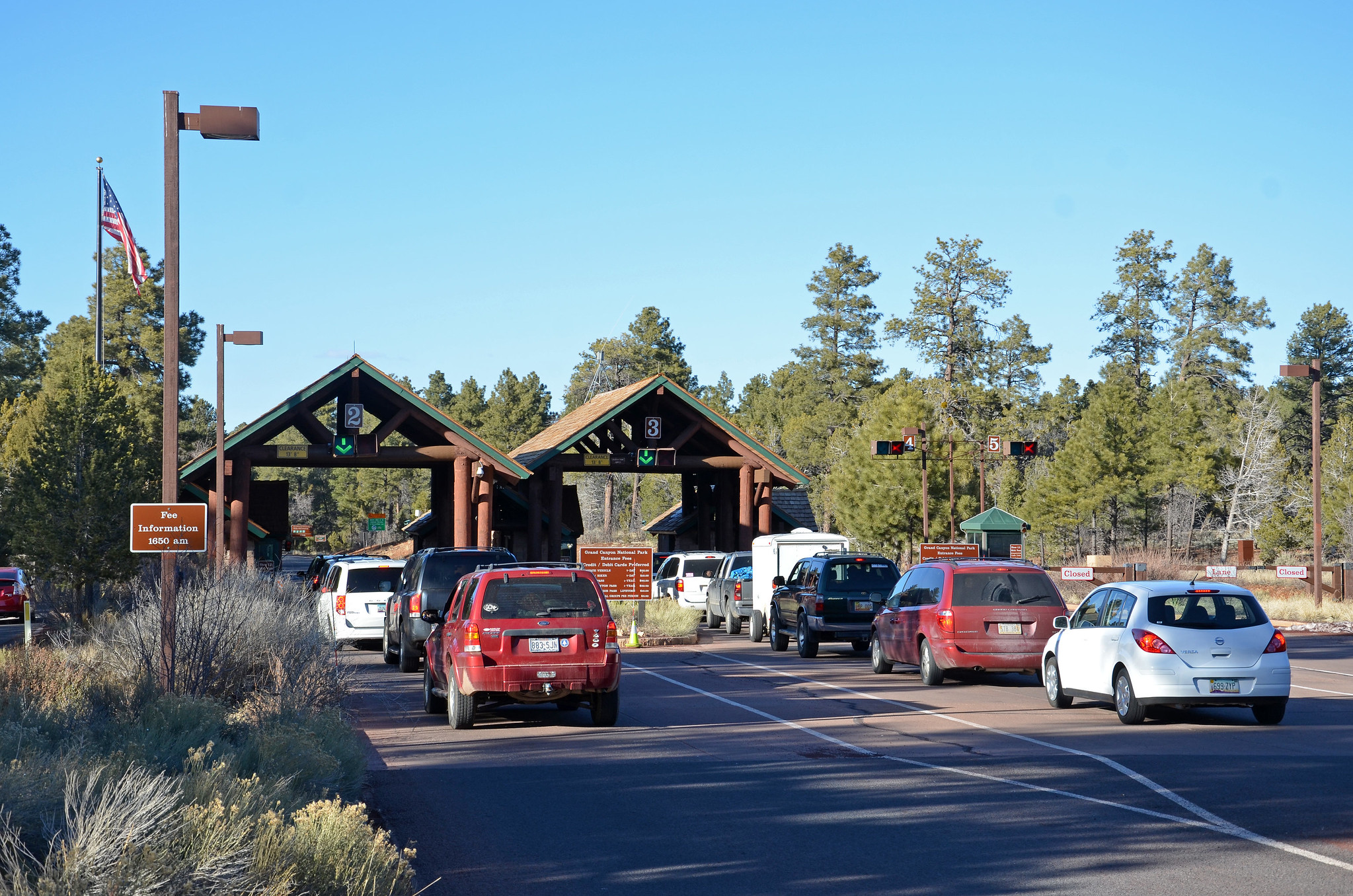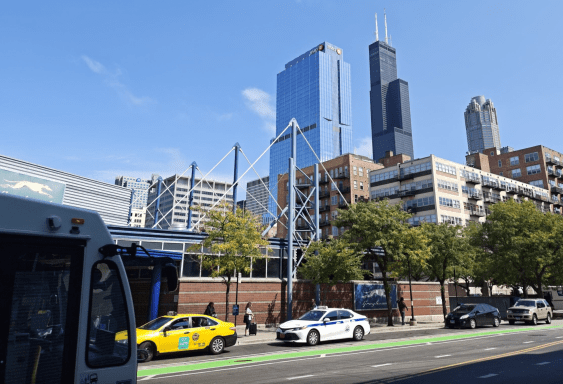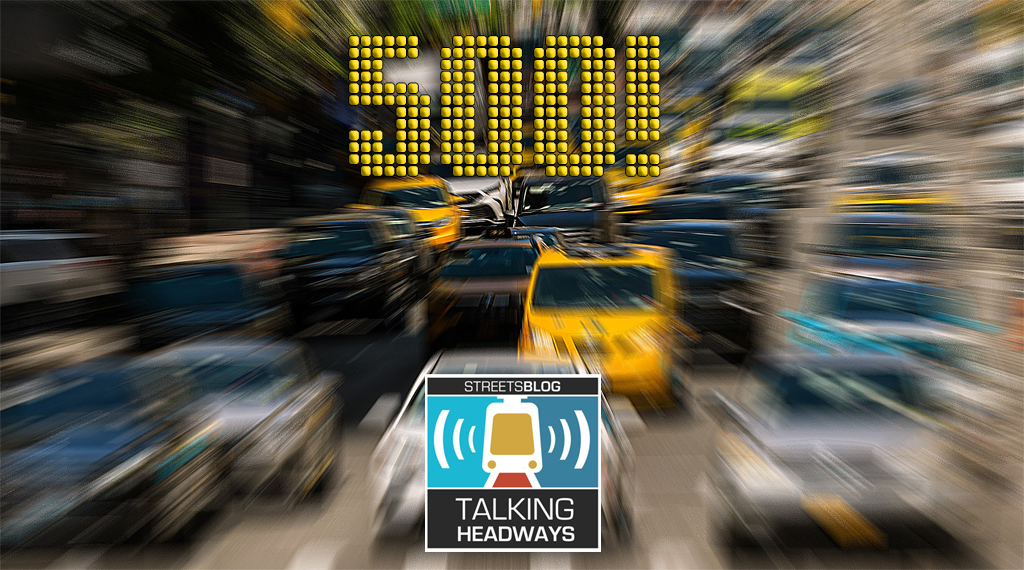
We continue our overview of what’s at stake in the big transit ballot initiatives next week with a look at California. Previous installments in this series examined Indianapolis, Seattle, Detroit, Atlanta, and Raleigh. All three of Streetsblog's west coast editors contributed to this article: Melanie Curry of Streetsblog CA, Roger Rudick of Streetsblog SF, and Joe Linton of Streetsblog LA.
Twenty of 58 California counties already have transportation sales taxes in place. These taxes fund transportation infrastructure at a rate nearly twice that of the state gas tax. According to State Assembly Transportation Committee chair Jim Frazier, counties raise $4 billion annually from transportation sales taxes, while the state gas tax contributes $2.3 billion in annual revenue for transportation.
California counties plan years ahead to put measures on the ballot during high-turnout presidential elections, as tax measures require a two-thirds super-majority to pass. There are 15 county transportation sales tax measures before California voters next week. Voters will also weigh in on transportation bond measures (Oakland and BART) and a property tax measure (Oakland-based AC Transit) for maintenance and operations.
Los Angeles County's Measure M
L.A. County Metro, which already has three prior sales taxes under its belt, is trying for an ambitious fourth. Measure M would extend a sunsetting tax and augment it with an additional half-cent sales tax. If passed, Measure M would raise an estimated $860 million annually. Metro initially studied a 40- or 50-year tax, then decided on an indefinite no-sunset plan. In its first 40 years, Measure M is projected to bring in $120 billion.
Earlier sales taxes spurred the construction of Metro's 100-mile rail system. Over the next 50 years, Measure M would add another 100 miles of Metro rail and 65 miles of Bus Rapid Transit. Transit construction gets the largest percentage of the Measure M expenditure plan, at 35 percent. Additional transit expenditures include 20 percent for bus operations, 5 percent for rail operations, and 2 percent for state of good repair.
In order to entice drivers to approve Measure M, 17 percent of expenditures would go to highway projects, mostly to widen numerous freeways. An additional 16 percent "Local Return" goes to local municipalities and is mostly spent on cities' car-centric priorities.
For the first time, Metro has included dedicated funding for walking and biking facilities, with a 2 percent set-aside for active transportation projects and programs. Significant additional bike/ped monies are also embedded in first/last mile connections to rail, and even complete streets projects within Measure M's highway category. Overall, walk and bike projects will receive 6 to 8 percent of the total. This funding has brought nonprofits including the L.A. County Bicycle Coalition and L.A. Walks to campaign in favor of the proposed tax.
San Francisco Bay Area's Measure RR
In stark contrast to L.A.'s emphasis on shiny new rail and highway projects, the three-county BART District (San Francisco, Alameda, and Contra Costa) is taking a decidedly fix-it-first approach.
BART's Measure RR is a $3.5 billion bond measure to update, repair, and replace BART’s aging infrastructure. Measure RR would make existing BART service safer and more reliable. It also would increase capacity by enabling BART to run trains faster and closer together, accommodating nearly 200,000 additional daily riders.
Many More Transportation Propositions Throughout California
California's transportation propositions vary in emphasis, but mostly locals are trying to fill shortfalls created by dwindling state gas tax revenue. Most of the state's measures prioritize highway expansion, though there are exceptions like Contra Costa's "Sustainable Communities" plan. Many include modest support for transit and active transportation, but none envision a major departure from the car-centric status quo.
- Contra Costa's Measure X allocates 27 percent to transit, and includes 22 percent for "sustainable communities" including complete streets, bikeways, and community development.
- Sacramento's Measure B has a strong early "fix-it-first" focus that front-loads five years of complete streets redesigns. The fix-it-first requirement also applies to the nine percent of revenue set aside for transit, but not to the nine percent that will go towards highway projects.
- San Diego's Measure A has stirred controversy among livability advocates, who charge that it would continue the dangerous car-centric status quo for the next thirty years. The measure would allocate about three percent of its revenue to bicycle and pedestrian projects, 42 percent to transit. Only fourteen percent would go to highway projects, which would be funded in the first years of the measure.
- San Francisco's Propositions J and K work together to address housing affordability and transportation. Prop K raises city sales taxes and J creates a fund for homelessness and transportation. Because K does not specify what the taxes would be spent on, it only needs to pass with a simple majority, unlike the other sales tax initiatives listed here. J specifies that transportation money will go to improve SF's Muni transit system, as well as to redesign high-injury corridors.
- Santa Clara's Measure B includes money for highway expansions, some of which are being called "transit improvements" because they include HOV lanes on freeways. Eight percent of the measure would go to transit and four percent to bicycling and walking.
Rounding out the California initiatives are: Humboldt's Measure U, Merced's Measure V, Monterey's Measure X, Placer Measure M, San Luis Obispo's Measure J, Santa Cruz' Measure D, Stanislaus' Measure L, and Ventura's Measure AA.
